In North America, there have only been two cases of narwhal captivity, and both ended badly.
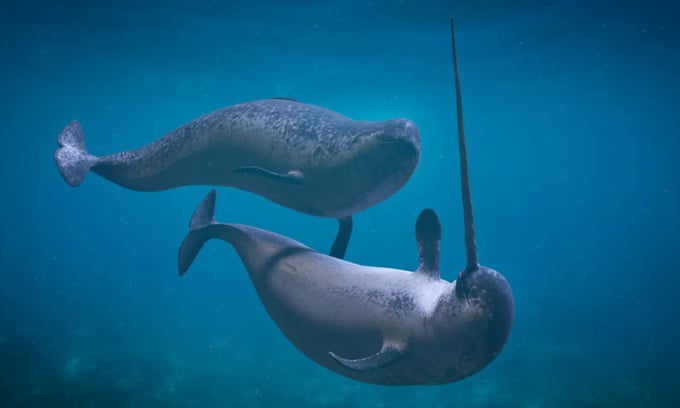
Narwhals get their name from the long, horn-like teeth that protrude from the heads of males and some females. Photo: Dotted Yeti
The narwhal ( Monodon Monoceros ) is a toothed whale that lives in the icy waters near the Arctic. It measures 13–18 feet (3.9–5.5 m) in length, not counting the long, spiral teeth that protrude from its head like a unicorn's horn. Its shy and easily frightened nature makes it relatively difficult to study, so many aspects of its behavior remain a mystery.
Despite the challenges, the New York Aquarium at Coney Island became the first aquarium to house a narwhal in 1969. The baby narwhal was named Umiak after an Inuit boat used to hunt the animals near the Arctic. The animal was captured by the Inuit, who said Umiak followed the boat back to camp after they killed its mother for meat.
To keep from being alone, Umiak was placed in a tank with a white female whale, most likely a beluga. The beluga acted as a “stepmother” to the narwhal. Aquarium staff fed the narwhal large amounts of milk mixed with chopped clams every day. This seemed to satisfy the animal. However, its stay at the aquarium was short-lived. On October 7, 1969, less than a year after arriving at the aquarium, Umiak died of pneumonia, according to the New York Times.
The second case of narwhal captivity occurred at the Vancouver Aquarium in Canada. In 1968, aquarium director Murray Newman hoped that bringing narwhals to the city would spark public interest in the species and help preserve the mysterious creature.
In 1968, Newman and a group of sailors led by an Inuit guide set out to capture a narwhal in the waters near Baffin Island, but the two-week hunt was unsuccessful, according to the Vancouver Sun. Newman returned to the area in 1970 for a three-week hunt that was also unsuccessful. They eventually purchased a young male narwhal from a group of Inuit hunters in Grise Fiord.
The animal was named Keela Luguk after the word "qilalugaq", the Inuktitut name for narwhal. The narwhal arrived at the Vancouver Aquarium in August 1970. About a week later, the facility also captured two female narwhal and three calves, which were placed in the tank with Keela Luguk.
The event initially drew praise from the public and the media, but things quickly went wrong. In less than a month, by September 1970, three cubs were dead. By November, two females had died. Public outrage began to mount, and the mayor of Vancouver called for Keela Luguk to be released into the wild, but Newman resisted. Finally, on December 26, Keela Luguk died.
Experts aren’t exactly sure why narwhals don’t thrive in captivity. Their closest relative, the beluga whale, is a regular fixture in aquariums and lives for quite a long time.
What is clear, however, is that narwhals are extremely sensitive. Their distinctive “horn” contains 10 million nerve endings that detect subtle changes in temperature, pressure, and other factors. Studies have also shown that the animals are particularly sensitive to man-made noise. Just one ship passing through their habitat can cause a major change in behavior.
In recent years, public perceptions of marine mammal captivity have changed. It is unlikely that the world will see another attempt to capture narwhals and place them in captivity. The failure of two previous attempts suggests that this is good news for them.
Thu Thao (According to IFL Science )
Source link


![[Photo] President Luong Cuong and King Philippe of Belgium visit Thang Long Imperial Citadel](https://vstatic.vietnam.vn/vietnam/resource/IMAGE/2025/4/1/cb080a6652f84a1291edc3d2ee50f631)
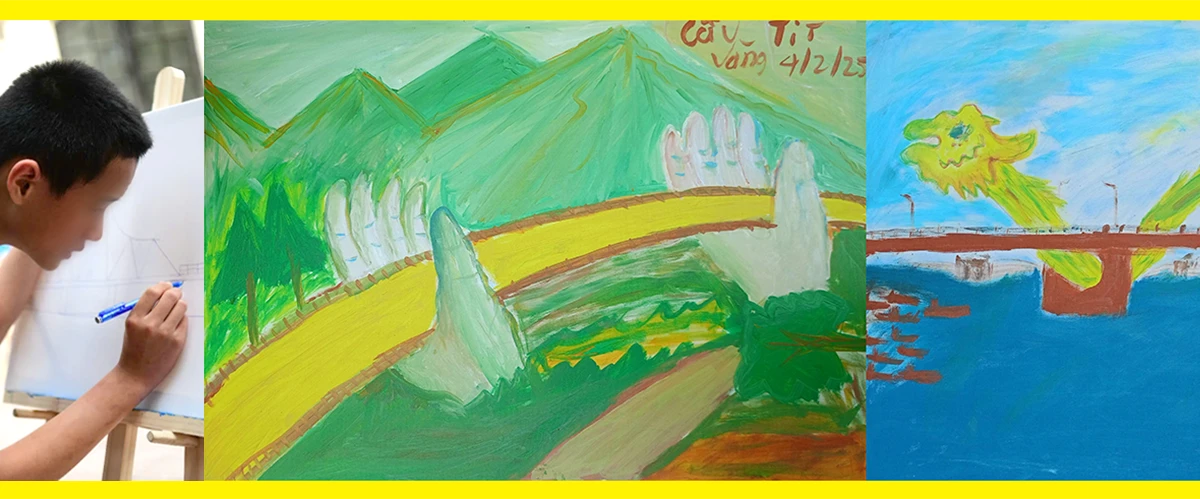
![[Photo] Prime Minister Pham Minh Chinh meets with King Philippe of Belgium](https://vstatic.vietnam.vn/vietnam/resource/IMAGE/2025/4/1/be2f9ad3b17843b9b8f8dee6f2d227e7)

![[Photo] General Secretary To Lam receives King Philippe of Belgium](https://vstatic.vietnam.vn/vietnam/resource/IMAGE/2025/4/1/e5963137a0c9428dabb93bdb34b86d7c)
![[Photo] Close-up of Vietnam's sniffer dog team searching for earthquake victims in Myanmar](https://vstatic.vietnam.vn/vietnam/resource/IMAGE/2025/4/1/d4949a0510ba40af93a15359b5450df2)
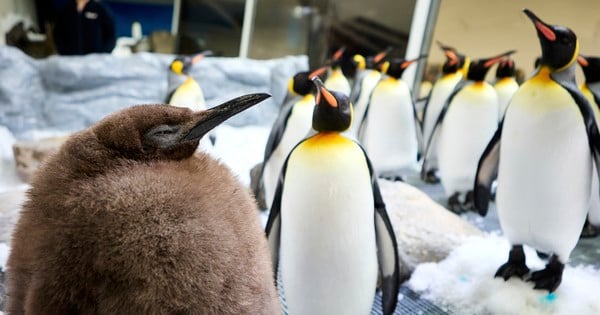



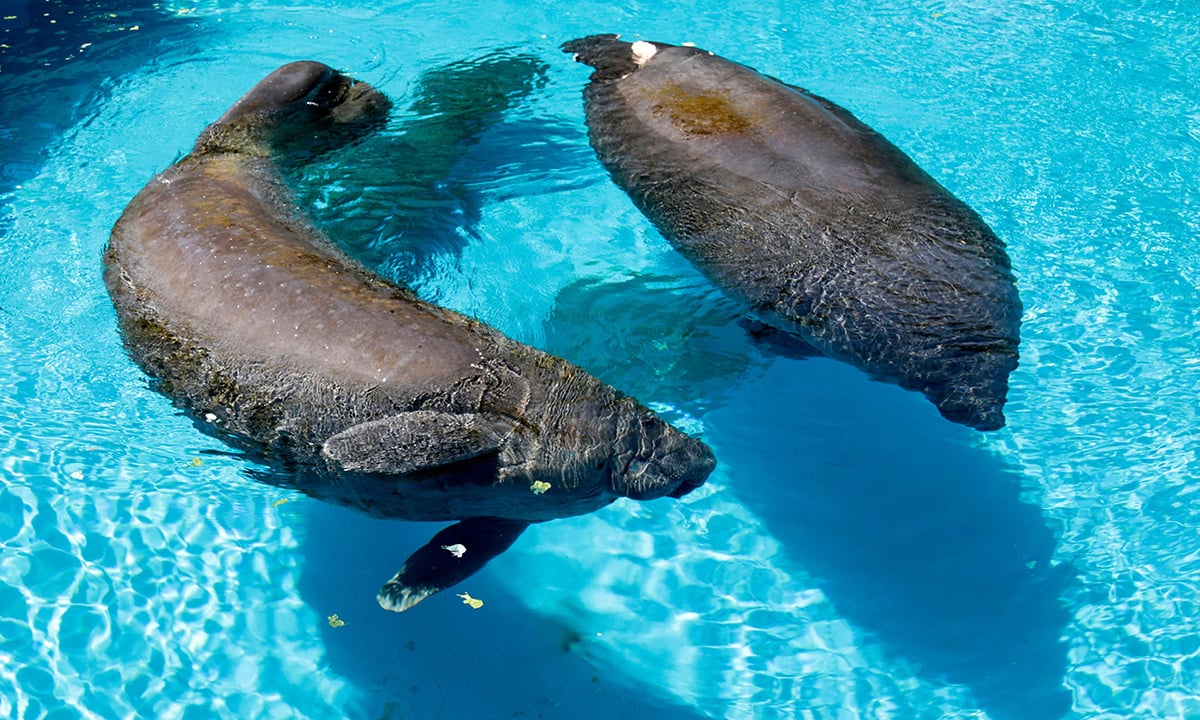
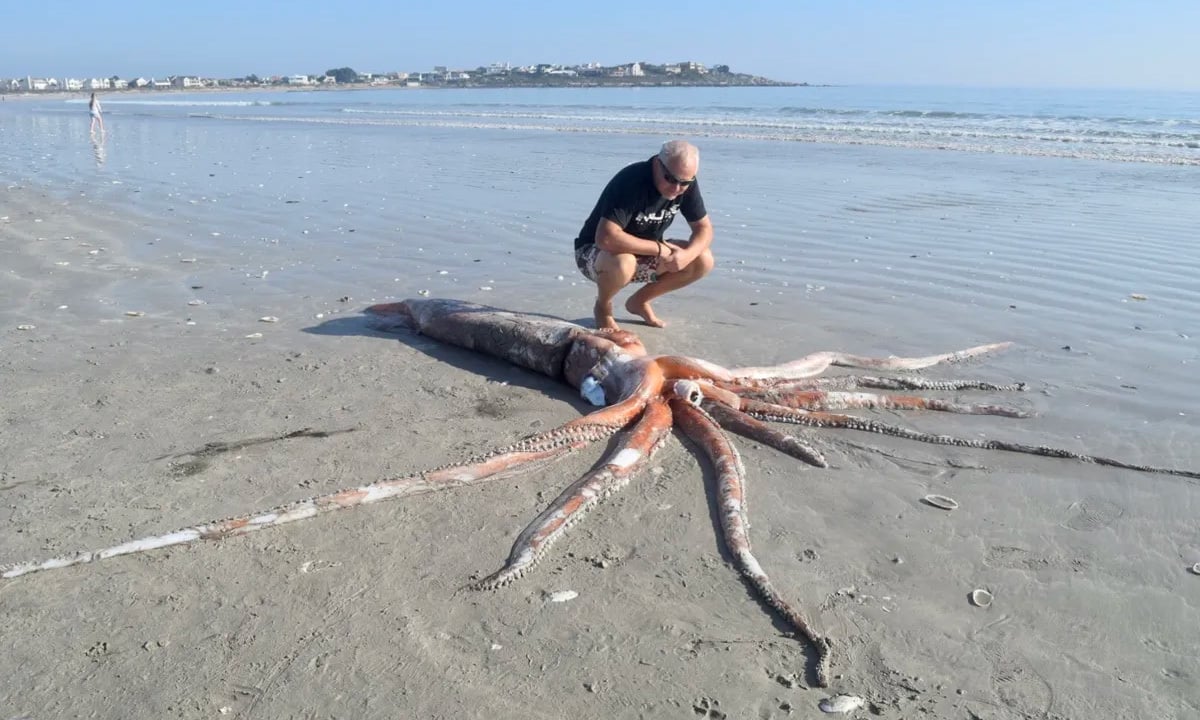
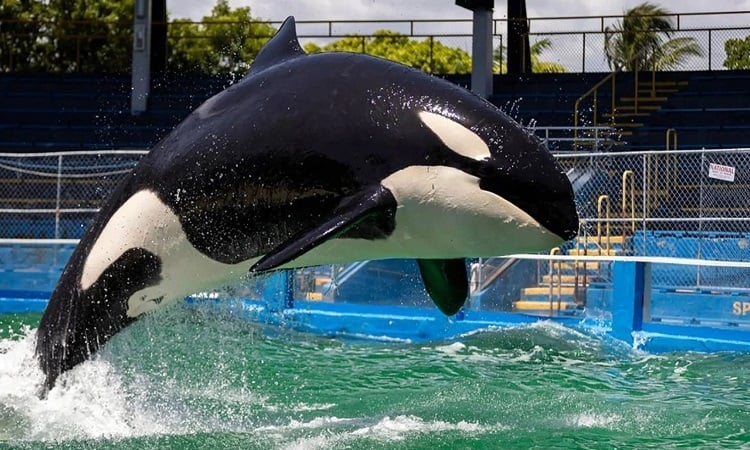


















![[Photo] Myanmar's capital in disarray after the great earthquake](https://vstatic.vietnam.vn/vietnam/resource/IMAGE/2025/4/1/7719e43b61ba40f3ac17f5c3c1f03720)


















































![[Photo series] Close-up of the route connecting Long Thanh Airport preparing for technical traffic opening](https://vstatic.vietnam.vn/vietnam/resource/IMAGE/2025/4/1/7b35d95a7e3f4785bf614038b33a2653)




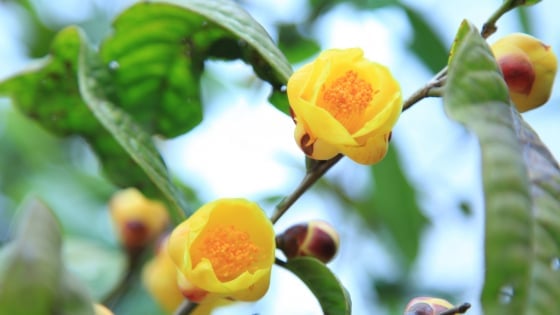


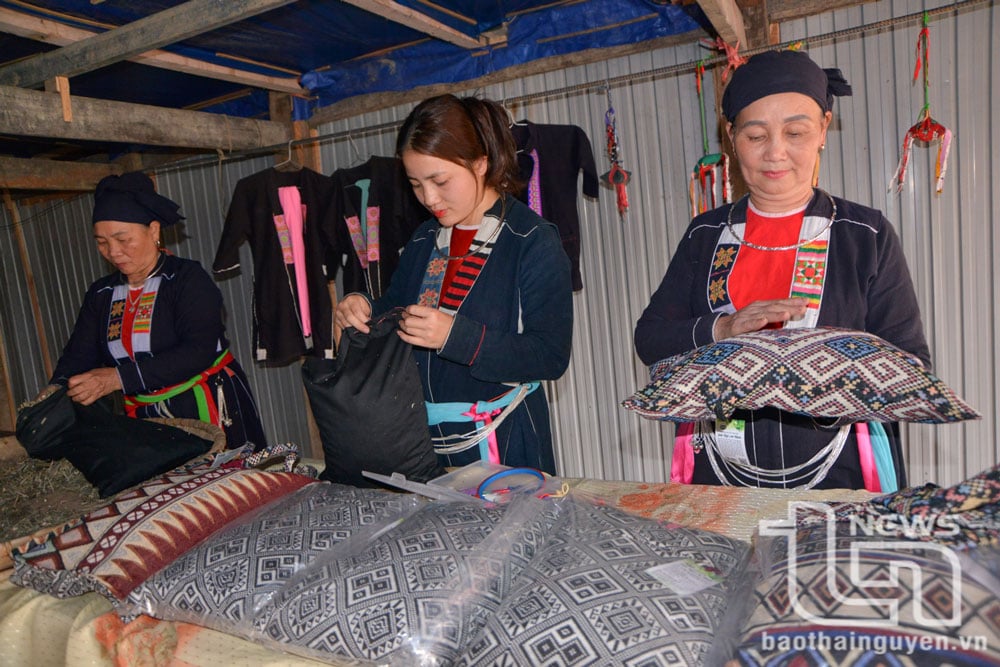



Comment (0)